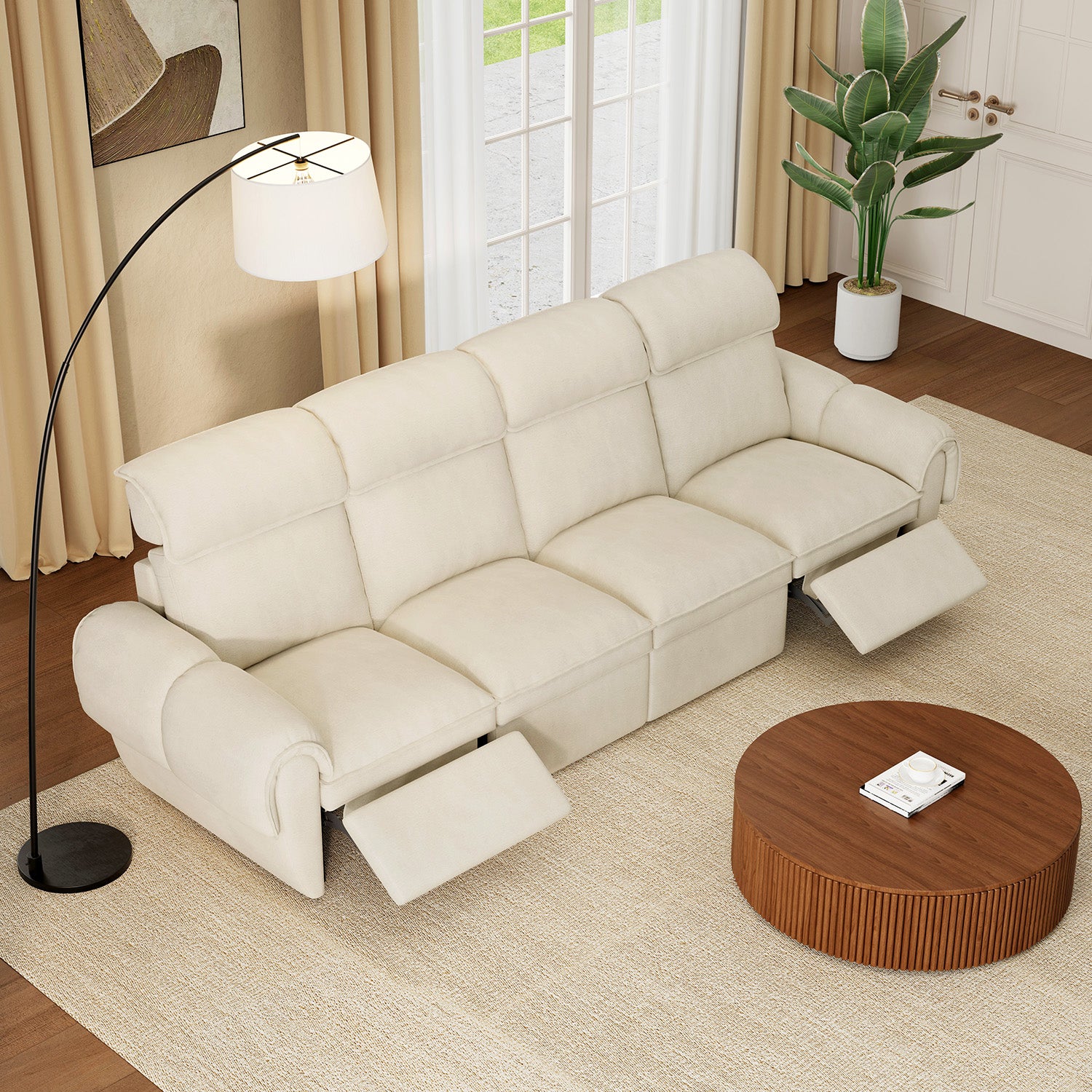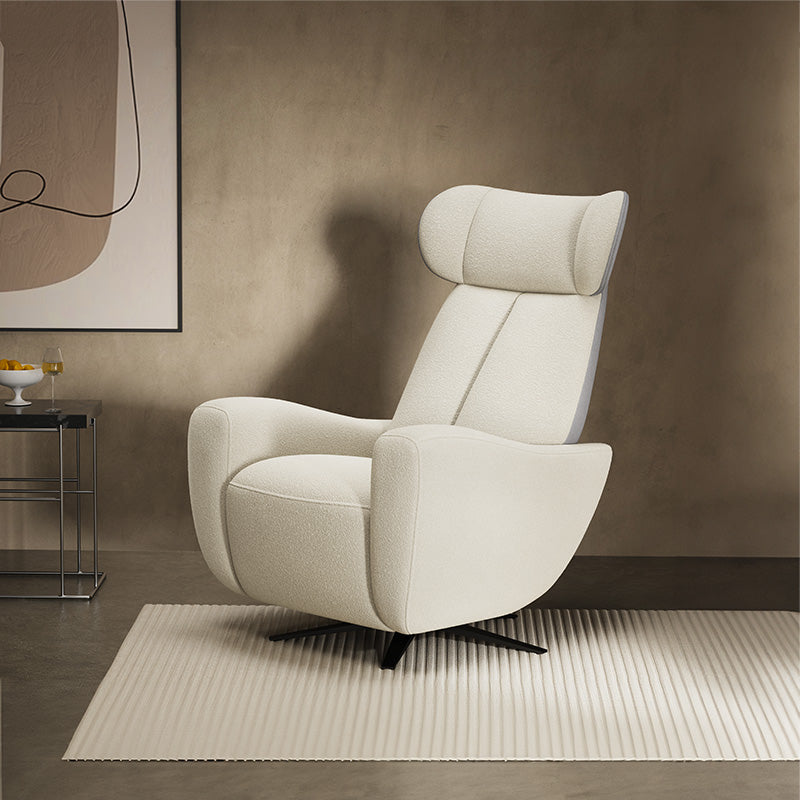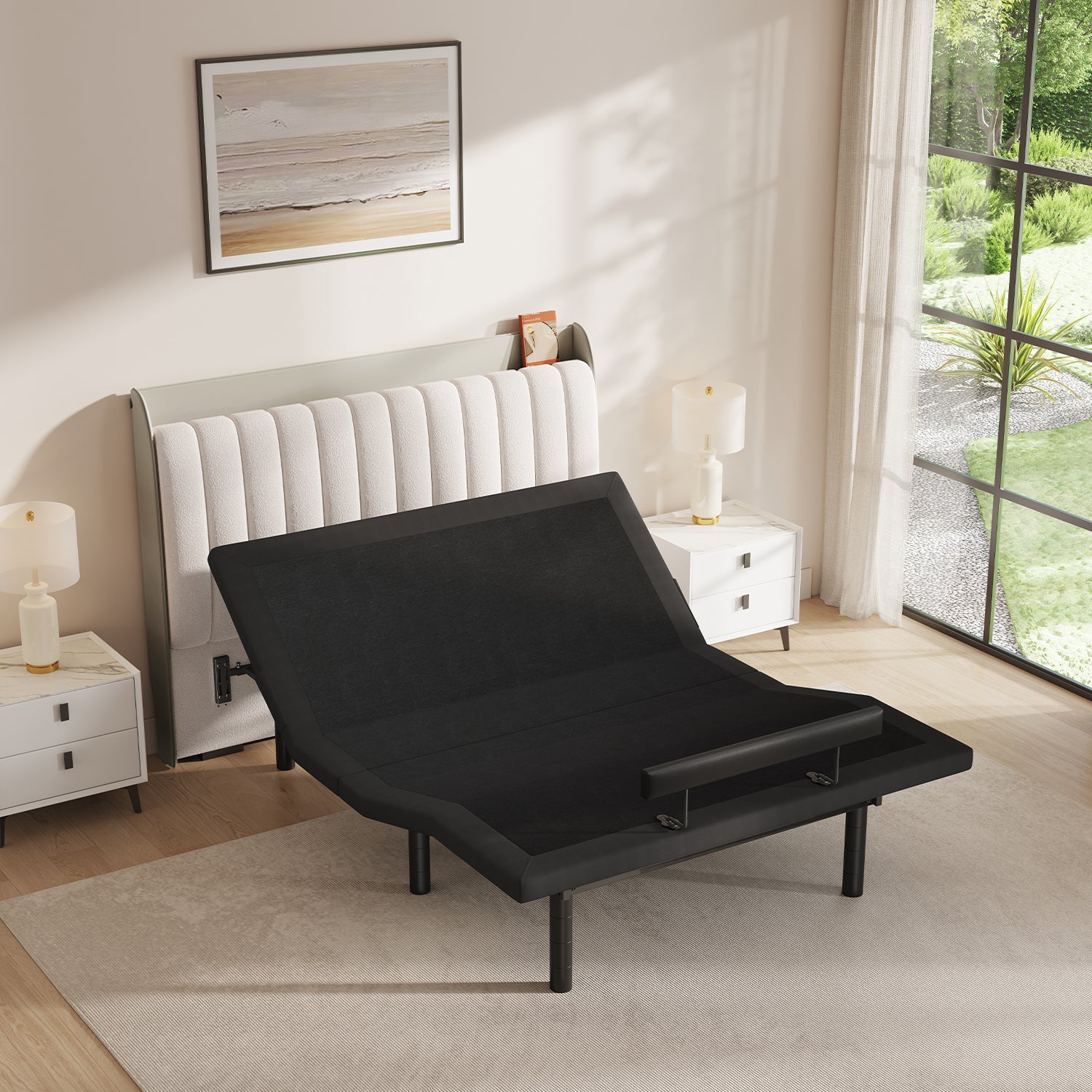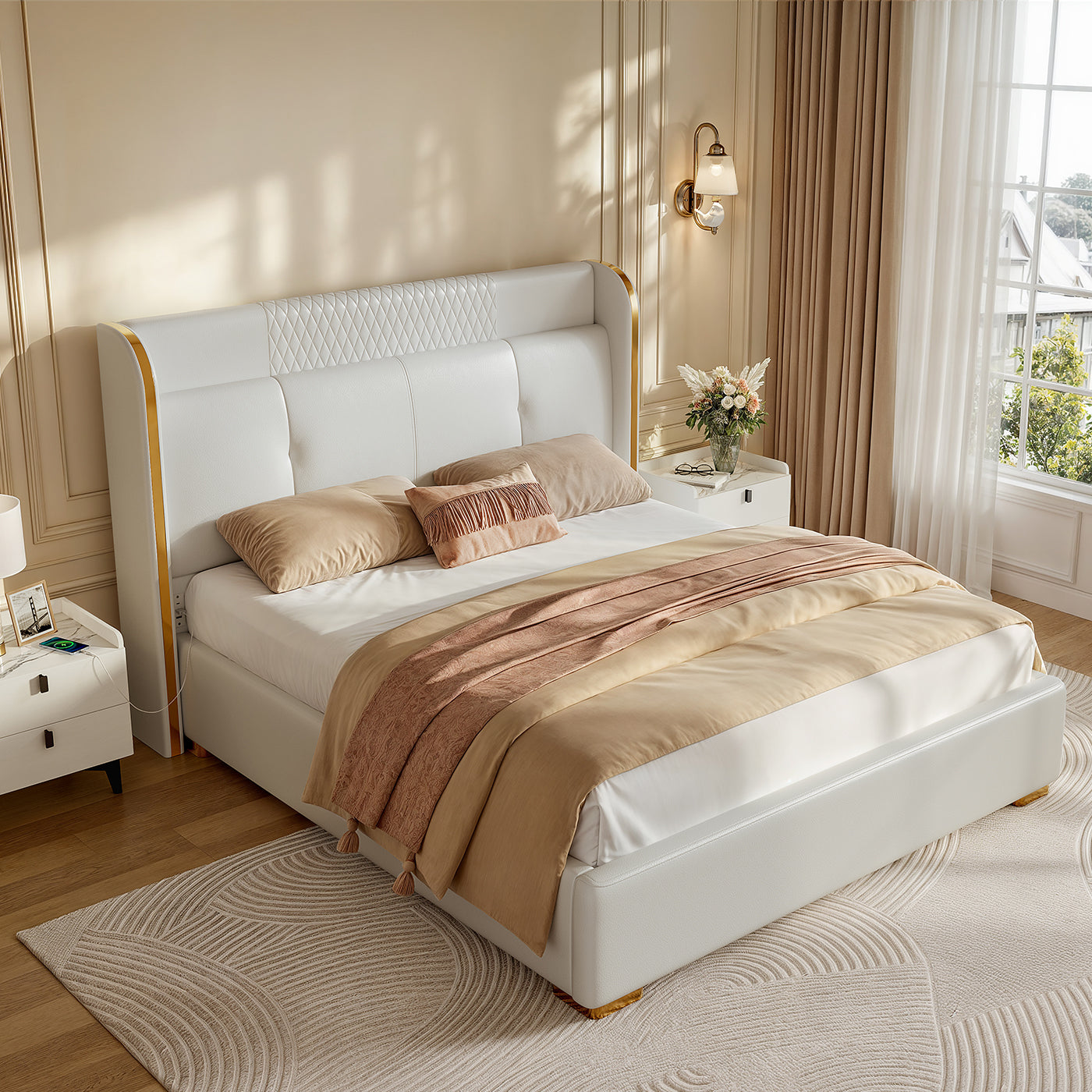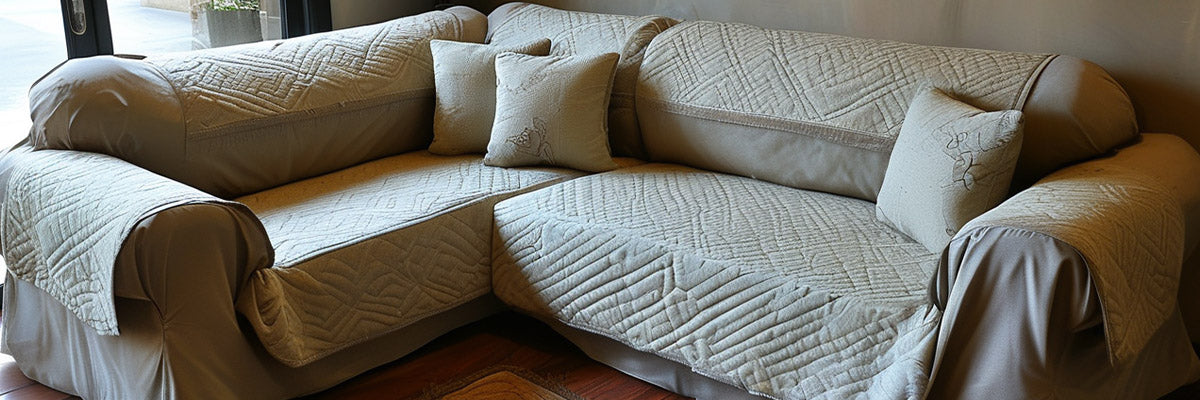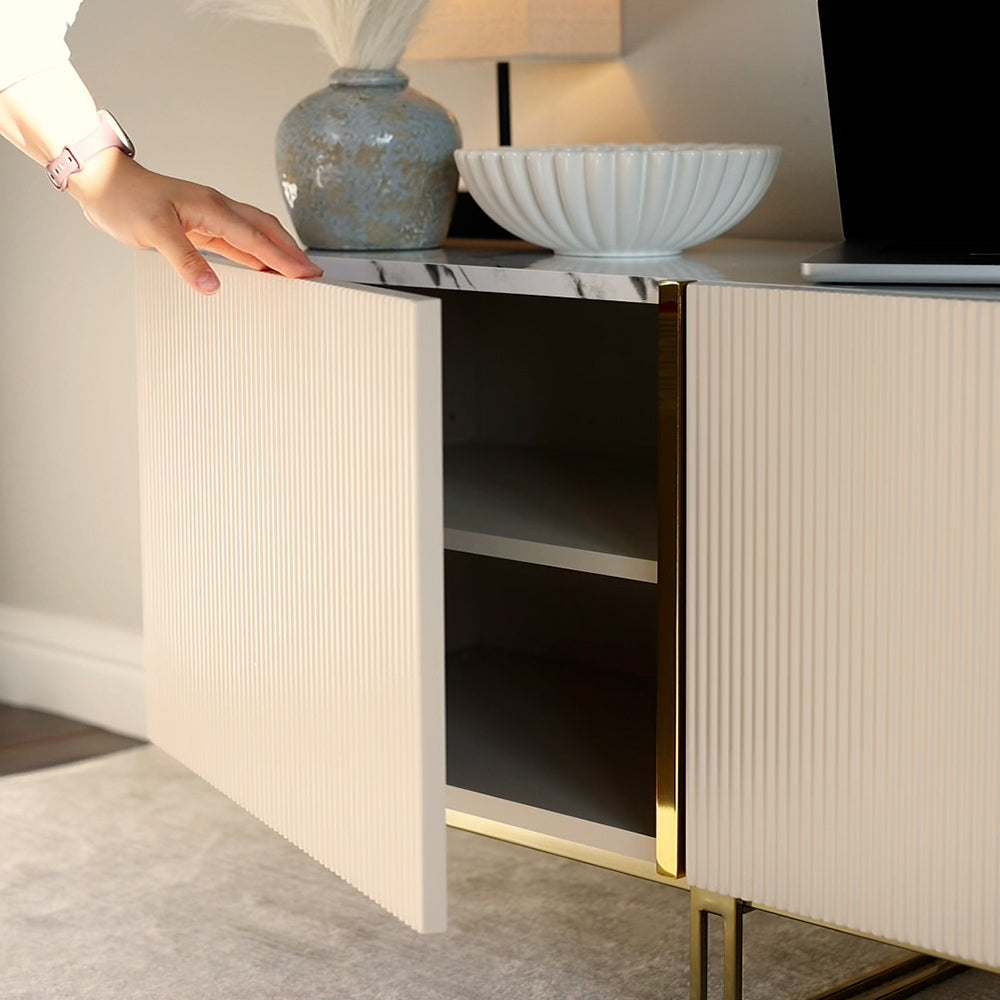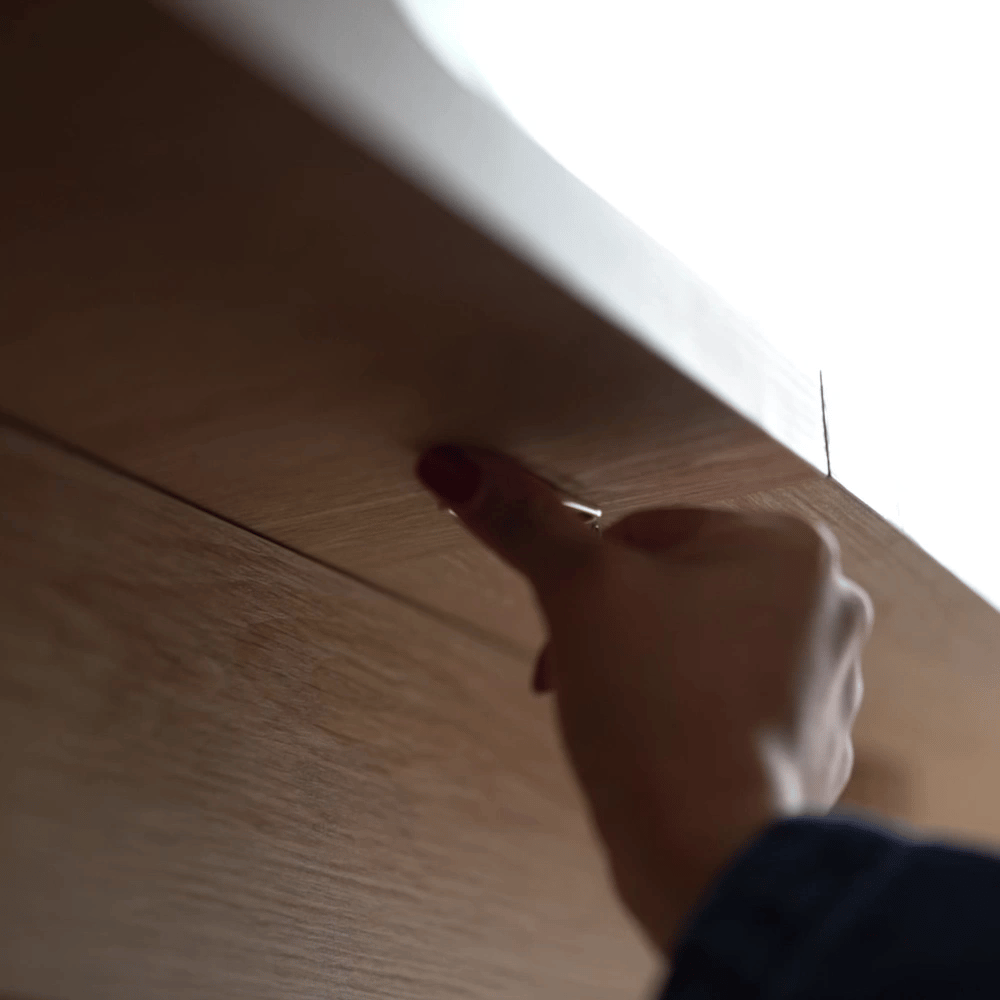Renovating an old sofa set is a cost-effective way to give your furniture a new lease on life while adding a personal touch to your living space. With a little creativity, effort, and the right materials, you can transform a worn-out sofa into a stunning centerpiece. This guide will walk you through the process of revamping your old sofa set, from assessing its condition to applying the finishing touches.
Table of Content
Step 1: Assess the Condition of the Sofa Set
Before diving into the renovation process, thoroughly inspect your sofa set to understand its condition.
- Structural Integrity: Check the frame for any damage or weakness. A solid wood or metal frame can usually be repaired, but if the frame is severely damaged, replacing it might be more cost-effective.
- Cushions and Padding: Examine the cushions for sagging, lumps, or loss of support.
- Fabric or Upholstery: Look for tears, stains, or fading on the fabric.
- Springs and Mechanisms: Test the springs and reclining mechanisms, if any, for proper functionality.
This assessment will help you decide which parts of the sofa need repair, replacement, or a complete overhaul.
Step 2: Gather the Necessary Materials and Tools

Having the right materials and tools on hand will make the renovation process smoother. Depending on the condition of your sofa, you may need:
- Screwdrivers, pliers, and a staple gun
- Sandpaper or an orbital sander (for wooden parts)
- Wood glue or nails for frame repairs
- New fabric or upholstery material
- Foam or padding for cushions
- Paint, wood stain, or varnish for wooden components
- Sewing machine or needle and thread for custom cushion covers
Step 3: Repair the Frame
The frame is the backbone of your sofa set. If it’s wobbly or damaged, address it first.
- Tighten Screws and Bolts: Use a screwdriver or wrench to secure loose screws and bolts.
- Fix Broken Joints: Apply wood glue or nails to repair cracked or broken joints. Use clamps to hold pieces together while the glue dries.
- Refinish Wooden Parts: Sand down scratches or old paint from wooden arms or legs. Apply a fresh coat of paint, wood stain, or varnish to enhance their appearance.
Step 4: Refresh the Cushions and Padding
Worn-out cushions are a common issue with old sofas. Replacing or revamping them can drastically improve comfort and aesthetics.
- Replace Foam: If the foam is flat or disintegrating, purchase high-density foam cut to size for your cushions.
- Add Extra Padding: Use batting or wadding to wrap the foam for added comfort and a polished look.
- Reupholster Cushions: Cover the foam with new fabric or sew custom cushion covers for a fresh appearance.
Step 5: Reupholster the Sofa Set
Changing the upholstery is one of the most transformative aspects of renovating a sofa set.
- Remove Old Fabric: Carefully strip away the existing fabric using a staple remover or pliers. Note how the fabric is attached to replicate it later.
- Cut and Attach New Fabric: Lay the new fabric over the sofa, ensuring it’s taut and wrinkle-free. Staple it securely to the frame, starting at the center and working outward.
- Choose Durable Fabric: Opt for materials like microfiber, leather, or heavy-duty cotton that can withstand daily use.
Step 6: Update Decorative Features

Small details can elevate the look of your sofa set.
- Add Trim or Nailhead Accents: Decorative trim or nailhead accents can give the sofa a refined, professional look.
- Incorporate Throw Pillows: Use patterned or textured throw pillows to add a pop of color and style.
- Replace Feet or Legs: Swap out old sofa legs for modern or decorative ones to completely change the vibe of the piece.
Step 7: Clean and Polish
Give your renovated sofa set a final touch with thorough cleaning and polishing.
- Vacuum the Sofa: Remove dust and debris from the frame, cushions, and crevices.
- Polish Wooden Parts: Use a wood polish or furniture wax to make wooden components shine.
- Spot Clean Fabric: Treat any minor stains on the fabric to maintain a fresh look.
Step 8: Rearrange and Style the Sofa Set
Once your sofa set is renovated, consider rearranging your living space to highlight its new look.
- Pair with Matching Furniture: Coordinate your sofa set with rugs, coffee tables, or side chairs for a cohesive design.
- Add Lighting: Use floor lamps or table lamps to draw attention to your revamped furniture.
- Accessorize: Decorate with blankets, decorative pillows, and nearby plants to create an inviting atmosphere.
Tips for a Successful Renovation
- Plan Your Budget: Renovating a sofa set is often cheaper than buying a new one, but costs can add up. Plan your expenses for materials, tools, and any professional help needed.
- Choose a Style: Decide on a theme or style for your sofa, such as modern, vintage, or eclectic, to guide your choices.
- Take Your Time: Renovating a sofa set can be time-consuming. Work in stages to avoid feeling overwhelmed.
- Seek Professional Help: If the project feels too complex, consider hiring an upholsterer or carpenter for specific tasks.
Conclusion
Renovating an old sofa set is a rewarding project that breathes new life into your furniture while saving money and reducing waste. By repairing the frame, refreshing cushions, reupholstering, and adding decorative touches, you can transform a tired sofa into a stunning centerpiece. With patience, creativity, and the right tools, your old sofa set can become a unique and stylish part of your home for years to come.
If you want to buy our home furniture or couch for living room, you can check out more on our store



